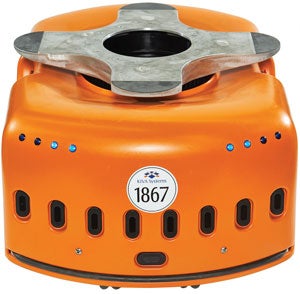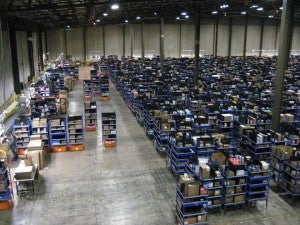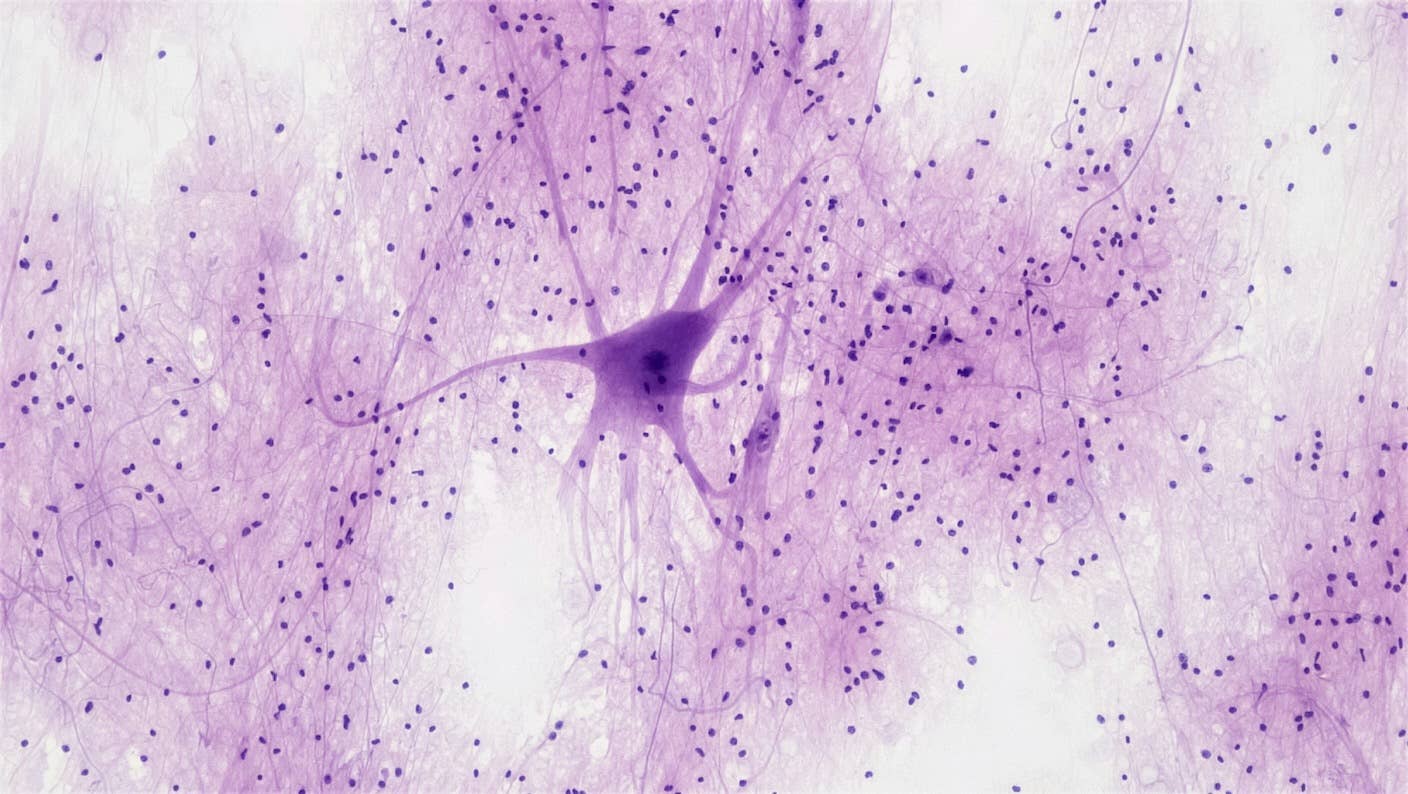KIVA Robots Continue to Conquer Warehouses

Share

Blue-collar robots don't really get the press they deserve. These dedicated, well designed, and efficient workers provide unparalleled improvements in almost every major industry. Let's face it, though, they are rarely photogenic. Singularity Hub has covered a lot of the amazing human-like robots out there. Today, let's take a look at one of the most promising blue-collar bots: KIVA Systems' distribution center robots. These warehouse workhorses provide a new way of sorting, storing, and shipping products. Quiet Logistics, a third party distribution center, just opened a KIVA exclusive warehouse in Andover, Massachusetts. With over a 1000 of these robots already in use, the promise of robotized warehouses as a standard is well on its way.
The KIVA bots are short squat orange lifters that glide under storage racks, lifting and moving them where they need to go. They're guided by a very simple grid of stickers attached to the floor. Wifi communications between bots and redundant clusters of servers keep robots from colliding on the grid. No easy task considering that a single warehousing company could use up to 500 of the little orange lifters.
With KIVA, the racks are brought to the human workers and not the other way around. This system eliminates the need for endless walking. Instead of having many workers work on the same order, the KIVA system allows for a single touch approach. With fewer hands used on each order, productivity increases, errors decrease and the work process is streamlined. Zappos (a KIVA customer) claims order to ship times of as little as 12 minutes.
Check out this great Boston.com video highlighting the KIVA system:
https://c.brightcove.com/services/viewer/federated_f8/271552990
It's really the combination of software and robots that makes the KIVA system so promising. With adaptive storage, random access to workers, quick reorganization, and removing the need to batch, we are seeing a truly new approach to the traditional warehouse. That Gap, Zappos, Staples, have all converted at least part of their warehouses to KIVA shows the industry's willingness to adapt to the better technology. Quiet Logistics KIVA-only warehouse is already serving Music Parts Plus, a major online retailer.

Man and Bot - the next great buddy movie
As remarkable as KIVA's robots are, I think they are just one indication of a developing paradigm. Human laborers are an integral (and highly valued) part of the warehouse system. KIVA bots move the racks, but human hands move and scan items. This sort of human-robot integration highlights how separating tasks into robot-friendly and human-friendly steps is an ideal path to efficiency. Creating human-like robots is a complicated and difficult task. Although there have been great leaps forward in this field recently, it may take many years for it to be cost efficient to replace all human laborers with equivalent robots.
Be Part of the Future
Sign up to receive top stories about groundbreaking technologies and visionary thinkers from SingularityHub.


I think the KIVA human-robot interaction provides a better solution. In all fields of manual robotic use (manufacture, warfare, shipping, transportation, medicine, etc) we may benefit from a planned and dedicated approach that seeks to maximize efficiency by dividing tasks in a systematic way between humans and machines. We are already experimenting with such an approach, just look at the auto-industry, or think about how many high-tech instruments are integral to your doctor's office.
Human-robot teamwork may only be a temporary solution (eventually robots may replace all human laborers in manual fields), but for ten or twenty years it could provide the best approach to including robots in the workforce without eliminating the human jobs on which many economies depend. Proponents of a robotic workforce often claim that new jobs will open up in service and consulting sectors. Some singularity enthusiasts contend that we ourselves will merge with that robotic workforce anyway. In either case, fostering robot-human cooperation is a great way to gently transition from our current system to our eventual one (whatever form it may take).
The cooperation is seemingly already building between man and machine in many of the KIVA warehouses. Mitch Rosenberg, VP of Marketing at KIVA, says that human workers are giving name tags and other identifying marks to their favorite robots. At some companies, "the robots" send you a birthday card each year. We have a hard time, it seems, avoiding anthropomorphizing and adopting robots as pets. And that's okay. They may not be cute, but blue-collar bots are a working man's best friend.
Here's two videos for you, one goes into the KIVA system in greater depth and the other...well, it's the brainchild of an intern, enjoy:
Related Articles

In Wild Experiment, Surgeon Uses Robot to Remove Blood Clot in Brain 4,000 Miles Away

A Squishy New Robotic ‘Eye’ Automatically Focuses Like Our Own

This Crawling Robot Is Made With Living Brain and Muscle Cells
What we’re reading